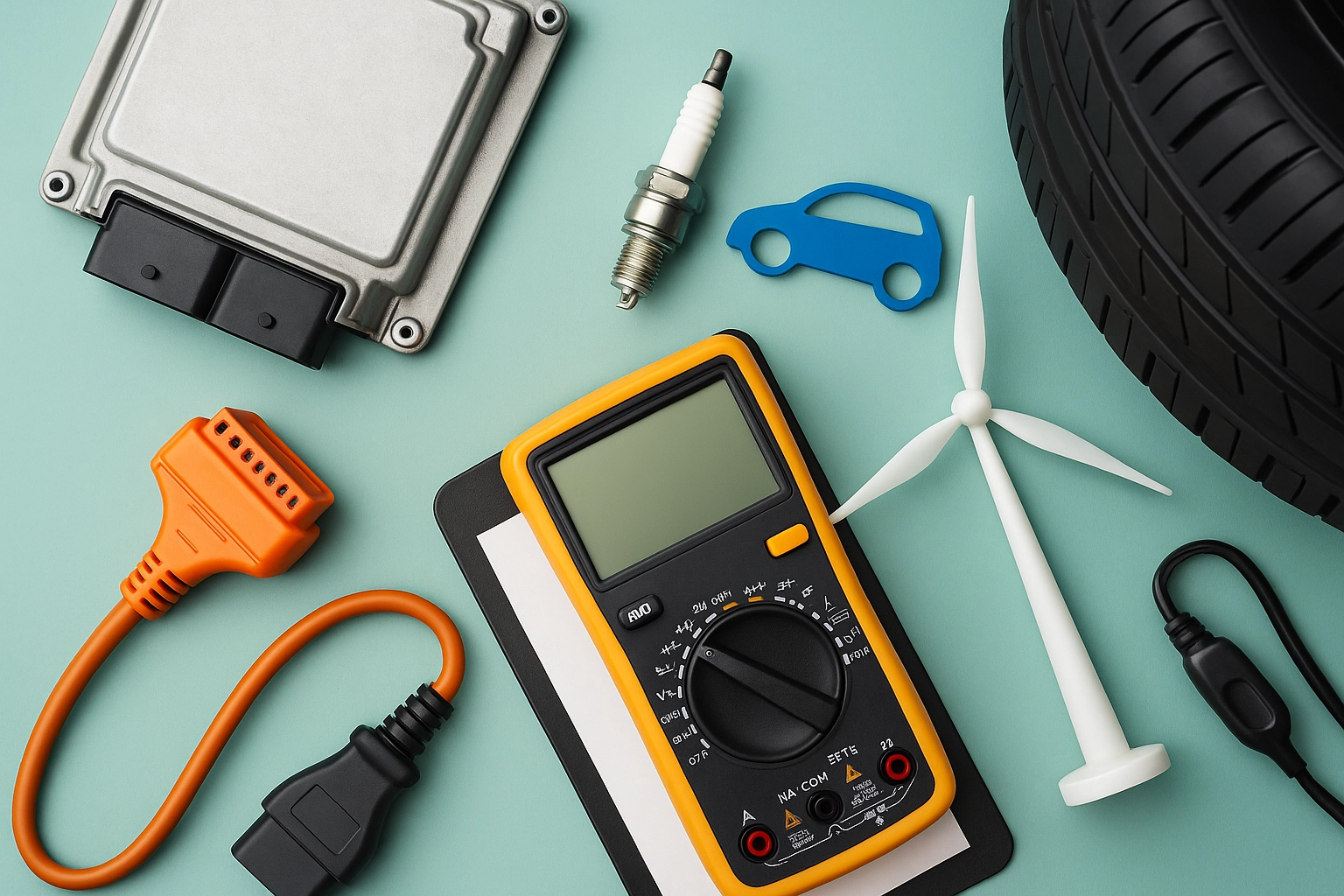ASTM F3399 Hybrid Vehicle Thermal Propagation Testing
The ASTM F3399 standard specifies a method for testing the thermal propagation behavior of electric and hybrid vehicle battery modules. This is critical in ensuring that vehicles can withstand potential fire hazards resulting from internal short circuits, external impacts, or other events that may cause overheating.
Thermal runaway incidents involving lithium-ion batteries have been reported, which can lead to catastrophic failures if not properly contained. The ASTM F3399 test aims to simulate these conditions in a controlled manner so that manufacturers and designers can evaluate the thermal stability of their battery systems and implement necessary safety measures.
The testing procedure involves subjecting a battery module to a specified heat source or energy input, monitoring its temperature rise, and observing if there is any propagation of thermal effects. If propagation occurs, further tests are conducted to assess the extent of damage and containment effectiveness.
This service ensures compliance with industry standards while providing valuable insights into the performance characteristics of electric and hybrid vehicle batteries under extreme conditions. It plays a pivotal role in enhancing safety features within automotive designs and contributing to more robust regulatory frameworks.
By leveraging this testing methodology, clients gain confidence that their products meet stringent quality requirements set forth by international bodies like ASTM. This not only enhances brand reputation but also contributes significantly towards reducing risks associated with product failures.
In summary, ASTM F3399 Hybrid Vehicle Thermal Propagation Testing serves as an essential tool for developing safer electric and hybrid vehicles, meeting regulatory demands, and fostering innovation within the industry.
Applied Standards
The ASTM F3399 standard is widely recognized for its role in evaluating the thermal stability of battery modules used in electric and hybrid vehicles. It provides a standardized approach to testing these components under controlled conditions intended to mimic real-world scenarios where overheating might occur.
This standard covers various aspects including test setup, specimen preparation, heating protocols, measurement techniques, data analysis methods, and reporting formats. Compliance with ASTM F3399 ensures that manufacturers adhere to best practices established by leading experts in the field of automotive battery technology.
- Test Setup: Ensures consistent application of heat sources to accurately measure temperature increases.
- Specimen Preparation: Includes guidelines for preparing battery modules according to specified dimensions and configurations.
- Heating Protocols: Prescribes specific heating methods aimed at inducing thermal runaway conditions safely without causing permanent damage.
- Measurement Techniques: Details various instruments used to monitor temperature changes during testing.
- Data Analysis Methods: Outlines procedures for interpreting collected data to determine whether thermal propagation has occurred.
- Reporting Formats: Establishes standards for documenting test results comprehensively and transparently.





